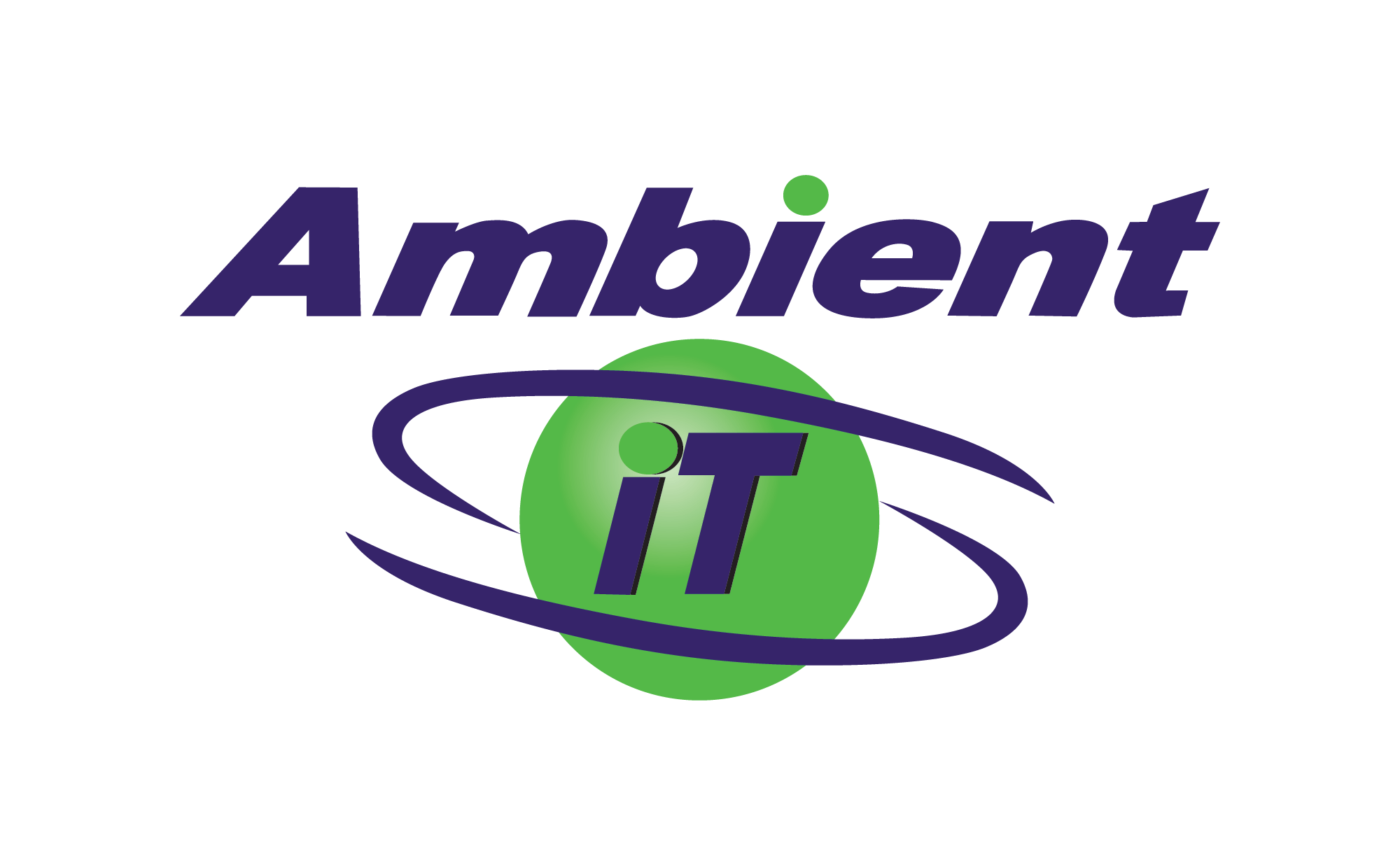A Small Business Guide to Tracking What Actually Works
Here's a scenario that might sound familiar: you posted something on social media last month and got loads of likes and comments. So you
kept posting similar content, but the engagement dropped off a cliff. Now you're wondering if social media even works, or if you should try
networking instead, or maybe invest in Google Ads?
This frustrating cycle happens because most small business owners are making marketing decisions in the dark. Here's the surprising truth: what feels like it's working and what's actually working can be two completely different things. I have conversations all the time with business owners who don't know how their clients find them. Which is fine when you're busy, but becomes a real problem when things slow down.
The Gut-Feeling Gamble
When you don't know what's actually working, you end up making marketing decisions based on gut feelings, what worked for your friend's business, or what is trending. Intuition isn't completely useless – you know your business better than anyone.
Your intuition is a fantastic guide, but running your marketing entirely on vibes is like driving with your eyes closed… it's not recommended.
Let’s start with understanding which numbers actually matter.
Metrics That Matter vs. Metrics That Mislead
Understanding the difference between numbers that feel good and numbers that count is important.
The Feel-Good Numbers (Vanity Metrics)
These metrics make us feel good but don't pay the bills:
- Website visits
- Social media followers
- Email list numbers
- Networking events attended
Of course, if you are a content creator, selling ad space on your website or emails or getting paid for attending events, then these numbers are critical. But before you all come for me, this article is broad strokes and we are talking in terms of a typical small or micro business that sells a product or service.
People need to find you before they can buy from you. These numbers are good for measuring reach and consistency.
But they don't tell you if your marketing is actually generating revenue.
The problem is that chasing these feel-good numbers can lead you down expensive rabbit holes. You might spend hours growing your Instagram following while your best clients are finding you through Google searches or at networking events.
This is where the numbers that matter come in. These metrics directly connect to your business success and help you make informed decisions about where to invest your time and money.
Lead Source Tracking tells you where your actual paying clients are finding you - not where you think they should be finding you, but where they actually are.
For example: Sarah sees your LinkedIn post about productivity tips, clicks through to your website, then gets distracted and forgets about you. Three months later, she needs a consultant and searches "productivity consultant Brisbane" on Google, finds your website again, and hires you. Did LinkedIn or Google get the credit? The truth is, both played a role.
However you choose to track this, be consistent with your approach.
Understand the purpose for all your channels in your client journey.
Conversion Rates show you what percentage of enquiries turn into paying clients. This varies wildly by marketing channel and helps you focus your efforts where they're most effective. A channel that brings fewer leads but converts better might be more valuable than one with high volume but low conversion.
However, if that channel is limited - like your existing database - you will hit a point of diminishing returns.
Customer Lifetime Value reveals how much an average client spends with you over time. This tells you how much you can afford to spend acquiring new ones and helps you prioritise higher-value client types.
Cost Per Acquisition measures how much marketing spend (time or money) it takes to land a new client. This helps you allocate resources effectively and identify which channels give you the best return on investment.
Pipeline Turnaround tracks how long it takes someone to go from first contact to signing a contract. Faster isn't always better, but knowing your average helps with campaign planning and estimating your ROI.
Now the question becomes: how do you use this information to actually improve your marketing?
Testing What Works (Not Just Guessing)
Once you start tracking these meaningful metrics, you can start testing strategically instead of throwing things at the wall and hoping they stick.
The key is to test one element at a time so you know what's actually making the difference. I know there is an urge to change everything all at once, but with that approach - how do we know what did or did not work?
For Lead Source Tracking: Test different channels and track which ones bring in clients that convert best. You might discover that networking events generate fewer leads than social media, but those leads are three times more likely to become paying clients.
For Conversion Rates: Experiment with different follow-up sequences, pricing presentations, or proposal formats. Track which approaches turn more enquiries into actual sales.
For Customer Lifetime Value: Test how different onboarding processes, service levels, or communication styles affect client retention and repeat business.
For Cost Per Acquisition: Try posting at different times on social media, test different subject lines in your emails, or experiment with different opening lines in your networking conversations. Change one thing at a time and measure the impact on your acquisition costs.
For Pipeline Turnaround: Test different qualification processes, proposal formats, or follow-up timelines to see what moves prospects through your sales process more efficiently.
The key insight here is that tracking and testing work together - the insights don't come immediately. You need at least three months of consistent data before patterns become reliable and six months before you can make confident decisions based on what you're seeing.
This is challenging for small business owners because we want results yesterday. But good data takes time to develop properly, like letting a good wine age.
The patience required here is worth it, because once you have reliable data, you can make marketing decisions with confidence instead of constantly second-guessing yourself.
So where do you start with all of this?
Start with one simple question: where did your last five clients actually come from? Where did your best 5 clients come from?
Not where you think they came from, but where they actually found you.
Start building a simple system to track new leads going forward. It doesn't have to be perfect – it just has to be consistent.
Alana from Muse Communications believes in marketing decisions based on data, not wishful thinking. If you're ready to stop guessing and start knowing what works for your business, she'd love to help you build a tracking system that actually gets used. If you want more resources like this, check out MissCommunicate, which Alana and the Muse team have set-up for small and micro business with a stash of handy resources. Don't forget to use the Code BNCC for extra discounts!
More Recent News
-
Free Workshop: AI Strategies
Artificial Intelligence (AI) isn’t just another tool - it’s a business advantage. This focused workshop will unpack how consultants, freelancers, marketers, and small business owners can use AI to drive growth, improve efficiency, and deliver better results for business success.
Read More -
A Small Business Guide to Tracking What Actually Works
Most small businesses rely on guesswork instead of tracking what actually drives sales. Focusing on real metrics like lead sources and conversion rates helps you make confident, data-driven marketing decisions. Read More -
Australia Women in Business Conference
Exclusive discount for BNCC members! Hosted on the Gold Coast from October 30th to November 1st, 2025, the Women in Business Conference is Australia’s premier event for female entrepreneurs, coaches, consultants, and service-based business owners. The organisers are offering BNCC members and exclusive discount to this conference. Read More








-Blue-and-Orange.png)




